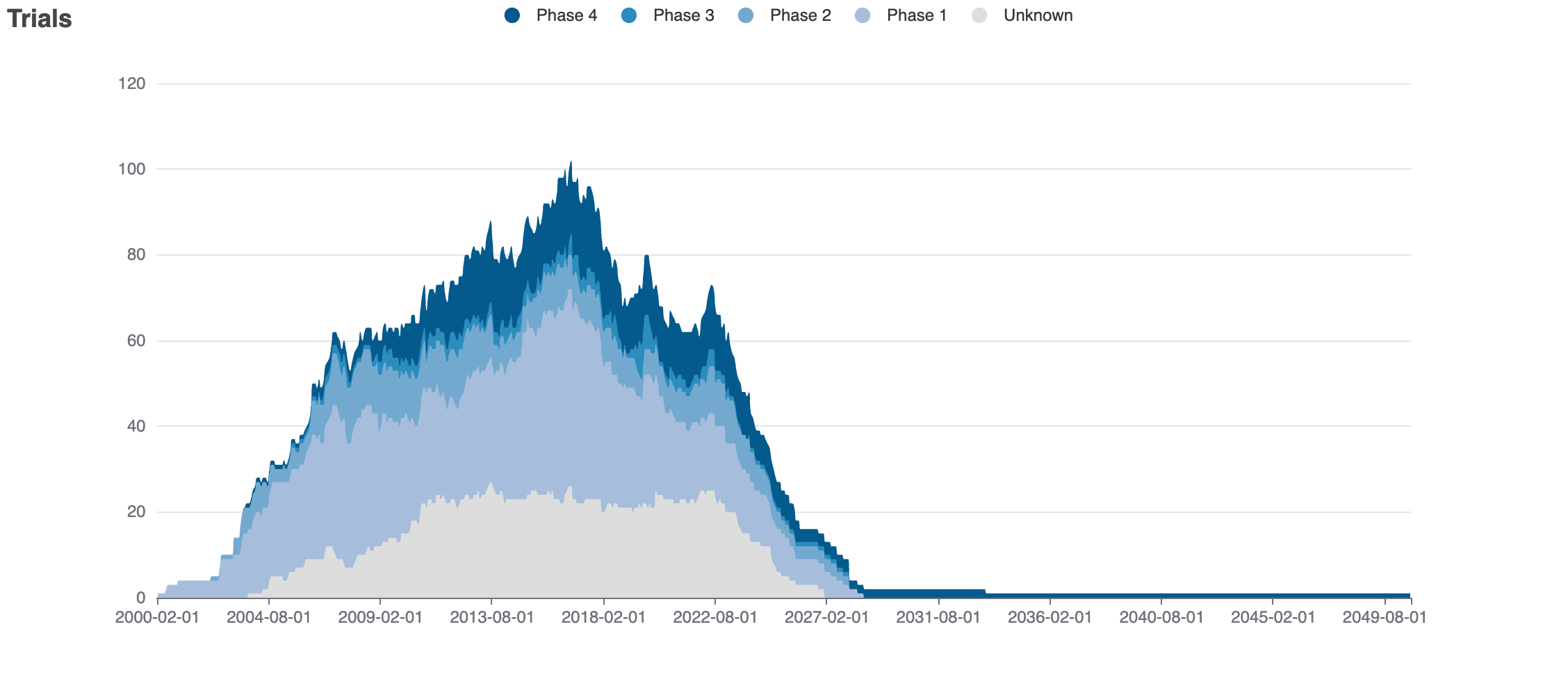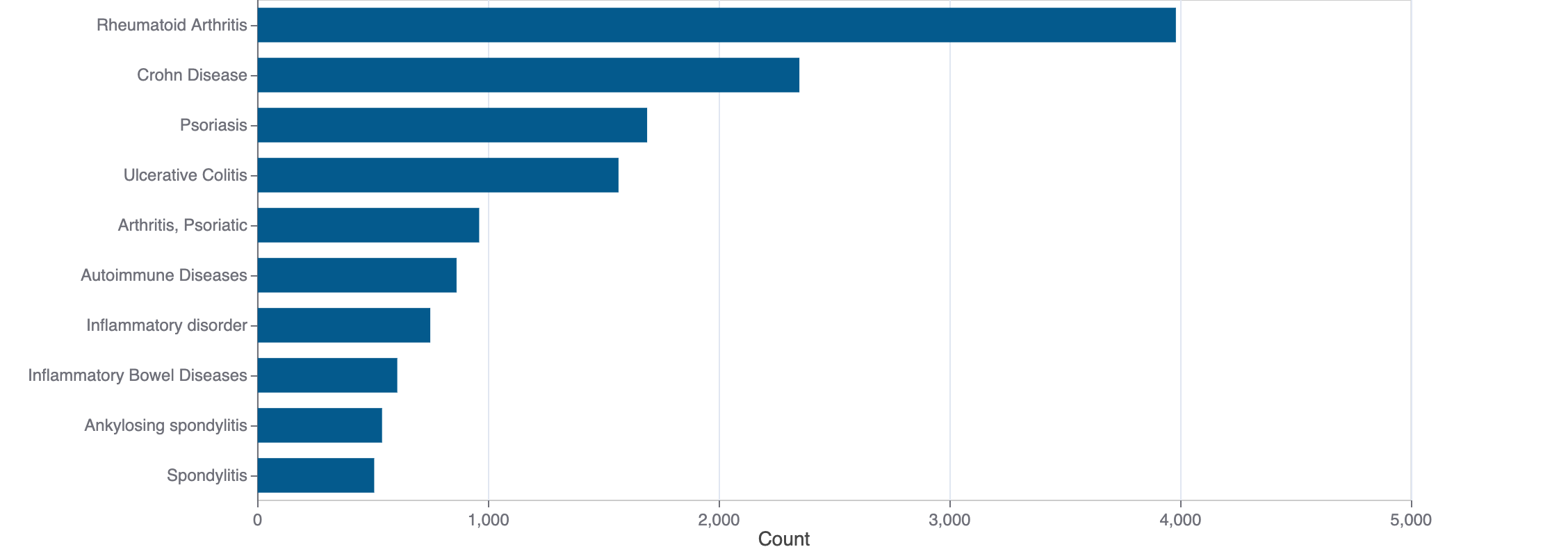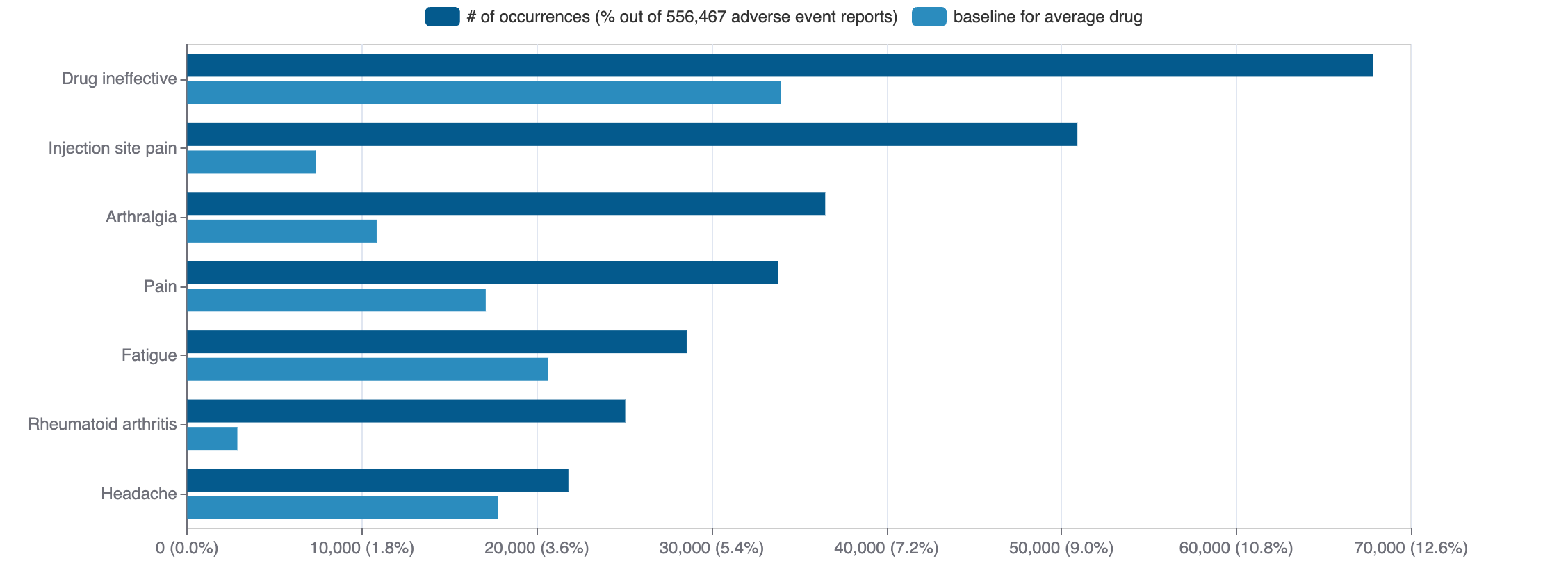Brivanib alaninate
Brivanib alaninate is a small molecule pharmaceutical. It is currently being investigated in clinical studies. The pharmaceutical is active against vascular endothelial growth factor receptor 2. In addition, it is known to target fibroblast growth factor receptor 1 and vascular endothelial growth factor receptor 1.
Download report
Favorite
Events Timeline
Commercial
Clinical
Drug
Target
Variants
Financial
Trends
Safety
Events Timeline
5D
1M
3M
6M
YTD
1Y
2Y
5Y
Max
Events
FDA approval date
EMA approval date
Patent expiration date
Study first post date
Last update post date
Start date
Primary completion date
Completion date
Results first post date

Mock data
Subscribe for the real data
Subscribe for the real data
Commercial
No data
Clinical
Clinical Trials
26 clinical trials
View more details

Mock data
Subscribe for the real data
Subscribe for the real data
Indications Phases 4
No data
Indications Phases 3
Indication | MeSH | Ontology | ICD-10 | Ph 1 | Ph 2 | Ph 3 | Ph 4 | Other | Total |
|---|---|---|---|---|---|---|---|---|---|
| Carcinoma | D002277 | — | C80.0 | 2 | 1 | 3 | — | — | 6 |
| Hepatocellular carcinoma | D006528 | — | C22.0 | 2 | 1 | 3 | — | — | 6 |
| Liver neoplasms | D008113 | EFO_1001513 | C22.0 | 2 | — | 4 | — | — | 6 |
Indications Phases 2
Indication | MeSH | Ontology | ICD-10 | Ph 1 | Ph 2 | Ph 3 | Ph 4 | Other | Total |
|---|---|---|---|---|---|---|---|---|---|
| Colorectal neoplasms | D015179 | — | — | 2 | 2 | — | — | — | 3 |
| Adenocarcinoma | D000230 | — | — | — | 1 | — | — | — | 1 |
| Pancreatic neoplasms | D010190 | EFO_0003860 | C25 | — | 1 | — | — | — | 1 |
| Non-small-cell lung carcinoma | D002289 | — | — | — | 1 | — | — | — | 1 |
| Sarcoma | D012509 | — | — | — | 1 | — | — | — | 1 |
| Transitional cell carcinoma | D002295 | — | — | — | 1 | — | — | — | 1 |
Indications Phases 1
Indication | MeSH | Ontology | ICD-10 | Ph 1 | Ph 2 | Ph 3 | Ph 4 | Other | Total |
|---|---|---|---|---|---|---|---|---|---|
| Neoplasms | D009369 | — | C80 | 5 | — | — | — | — | 5 |
| Gastrointestinal neoplasms | D005770 | — | C26.9 | 2 | — | — | — | — | 2 |
| Intestinal neoplasms | D007414 | — | C26.0 | 1 | — | — | — | — | 1 |
| Digestive system neoplasms | D004067 | — | — | 1 | — | — | — | — | 1 |
| Neoplasm metastasis | D009362 | EFO_0009708 | — | 1 | — | — | — | — | 1 |
Indications Without Phase
No data
Epidemiology
Epidemiological information for investigational and approved indications
View more details
Drug
General
| Drug common name | Brivanib alaninate |
| INN | brivanib alaninate |
| Description | Brivanib alaninate is a carboxylic ester resulting from the formal condensation of the carboxy group of L-alanine with the hydroxy group of brivanib. It is a prodrug of brivanib (BMS-540215), a potent oral dual inhibitor of VEGFR-2 and FGFR-1 (IC50 of 25 nM and 148 nM, respectively) and was in development for the treatment of hepatocellular and colon carcinomas. It has a role as an antineoplastic agent, an EC 2.7.10.1 (receptor protein-tyrosine kinase) inhibitor, a prodrug, an apoptosis inducer, a fibroblast growth factor receptor antagonist and an angiogenesis inhibitor. It is a pyrrolotriazine, an aromatic ether, a fluoroindole, a diether, a carboxylic ester and a L-alanine derivative. It is functionally related to a brivanib. |
| Classification | Small molecule |
| Drug class | angiogenesis inhibitors |
| Image (chem structure or protein) |  |
| Structure (InChI/SMILES or Protein Sequence) | Cc1cc2c(F)c(Oc3ncnn4cc(OC[C@@H](C)OC(=O)[C@H](C)N)c(C)c34)ccc2[nH]1 |
Identifiers
| PDB | — |
| CAS-ID | 649735-63-7 |
| RxCUI | — |
| ChEMBL ID | CHEMBL270995 |
| ChEBI ID | — |
| PubChem CID | 11154925 |
| DrugBank | DB11865 |
| UNII ID | U2Y5OFN795 (ChemIDplus, GSRS) |
Target
Agency Approved
KDR
KDR
Organism
Homo sapiens
Gene name
KDR
Gene synonyms
FLK1, VEGFR2
NCBI Gene ID
Protein name
vascular endothelial growth factor receptor 2
Protein synonyms
CD309, Fetal liver kinase 1, fetal liver kinase-1, FLK-1, KDR, Kinase insert domain receptor, kinase insert domain receptor (a type III receptor tyrosine kinase), Protein-tyrosine kinase receptor flk-1, soluble VEGFR2, tyrosine kinase growth factor receptor
Uniprot ID
Mouse ortholog
Kdr (16542)
vascular endothelial growth factor receptor 2 (Q8VCD0)
Alternate
FGFR1
FGFR1
FLT1
FLT1
Organism
Homo sapiens
Gene name
FGFR1
Gene synonyms
BFGFR, CEK, FGFBR, FLG, FLT2, HBGFR
NCBI Gene ID
Protein name
fibroblast growth factor receptor 1
Protein synonyms
Basic fibroblast growth factor receptor 1, bFGF-R-1, BFGFR, CD331, FGFR1/PLAG1 fusion, FLT-2, FMS-like tyrosine kinase 2, fms-related tyrosine kinase 2, heparin-binding growth factor receptor, hydroxyaryl-protein kinase, N-sam, Proto-oncogene c-Fgr
Uniprot ID
Mouse ortholog
Fgfr1 (14182)
fibroblast growth factor receptor 1 (Q9QZM7)
Variants
No data
Financial
No data
Trends
PubMed Central
Top Terms for Disease or Syndrome:

Mock data
Subscribe for the real data
Subscribe for the real data
Additional graphs summarizing 276 documents
View more details
Safety
Black-box Warning
No Black-box warning
Adverse Events
Top Adverse Reactions

Mock data
Subscribe for the real data
Subscribe for the real data
149 adverse events reported
View more details
© 2020-2025 Collaborative Drug Discovery Inc. (CDD) | Terms of Use